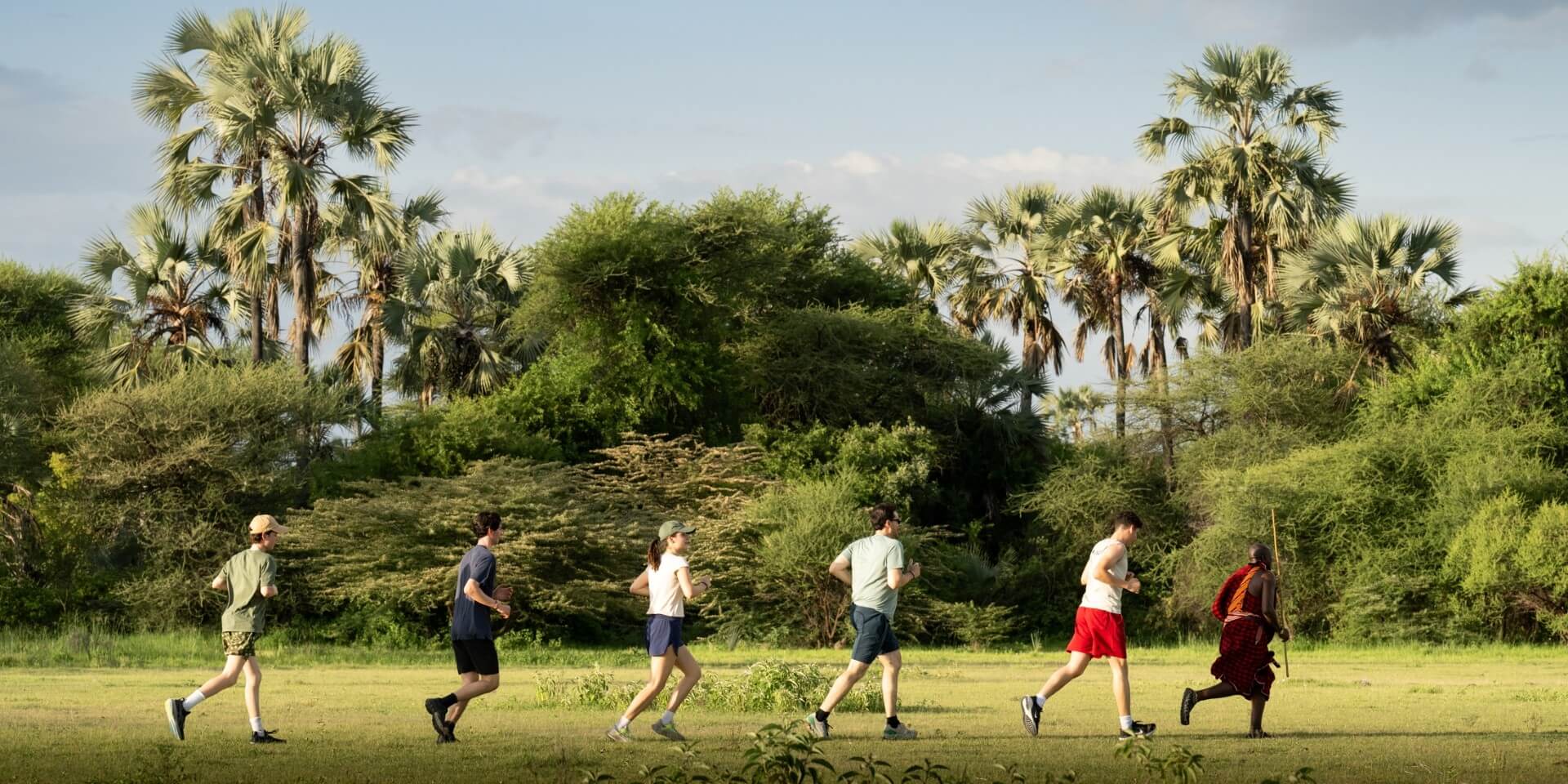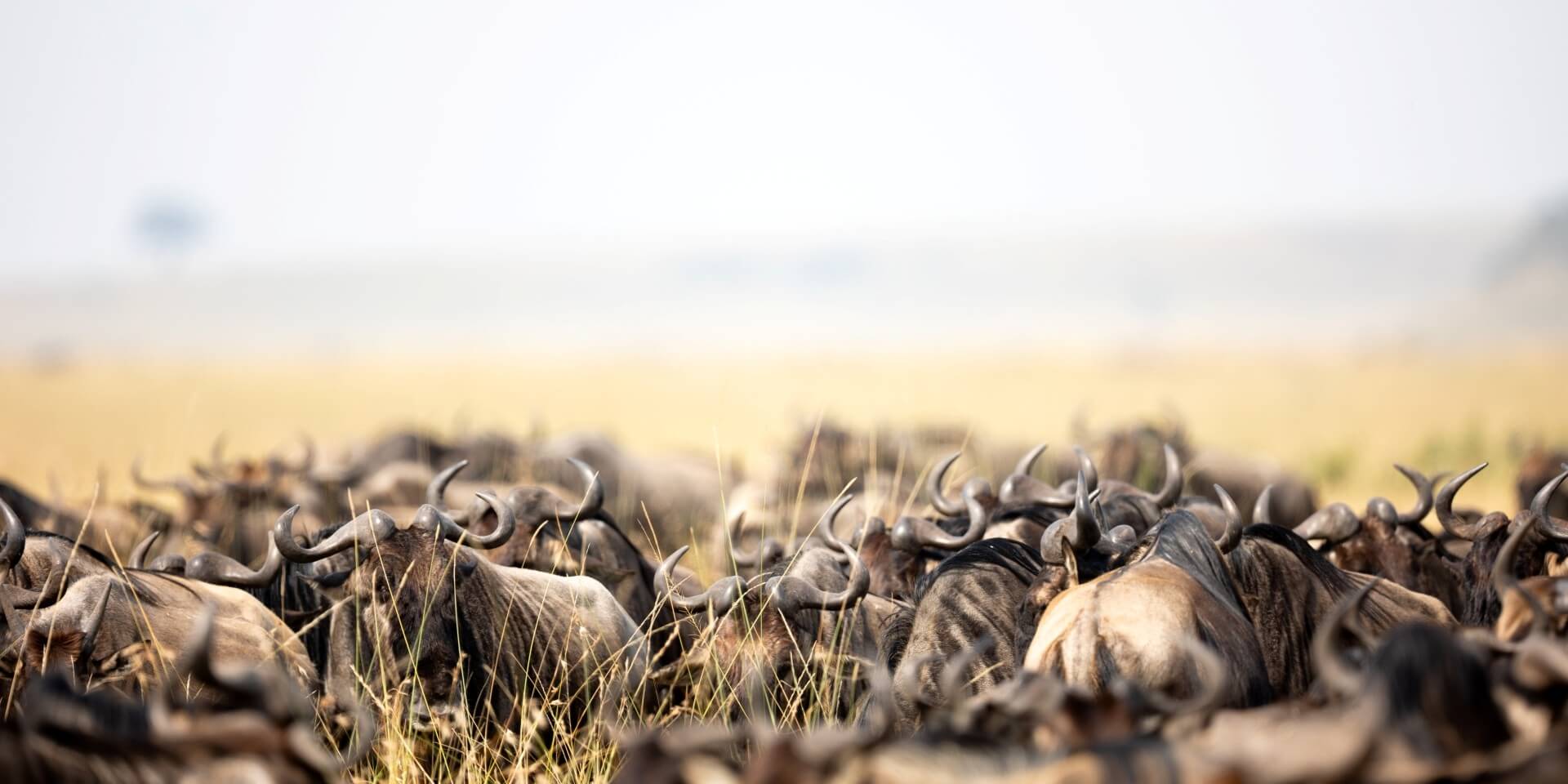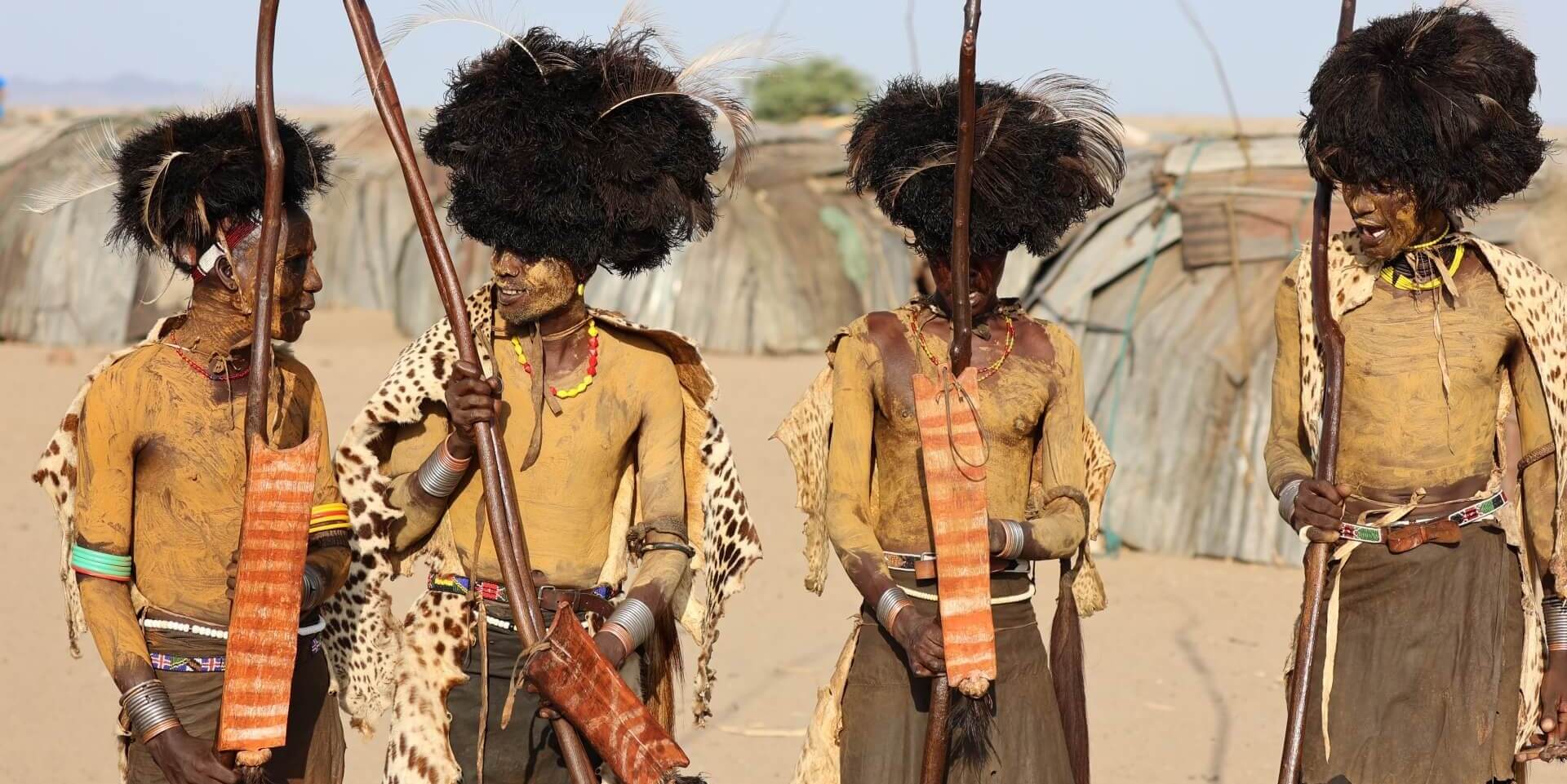
When one of our returning families came to us with a request for a true off-grid adventure - no internet, action-packed days and memories their teenage boys would treasure forever - we knew Ethiopia was the right choice.
Together we planned a journey that went beyond the usual safari: exploring cultures that very few encounter, flying into vast wildernesses only accessible by helicopter and seeking out rare wildlife endemic to Ethiopia. Think epic bucket-list experiences at every turn.
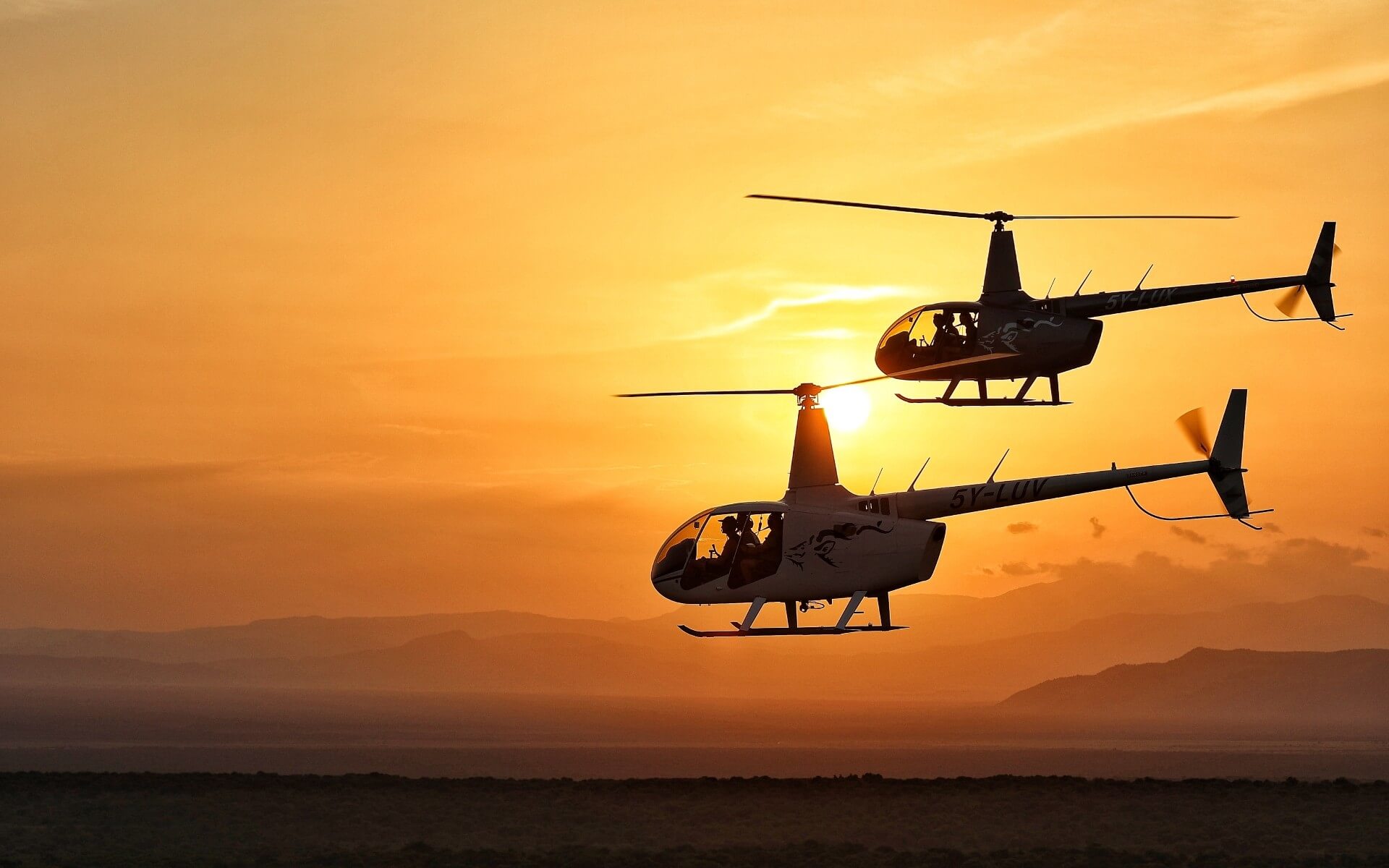
With three helicopters, three private guides and five intrepid guests, we set out on a ten-day expedition to Ethiopia’s wild rugged frontierlands.
The brief was clear: adventure, culture, wildlife and remote landscapes; experiences that simply cannot be replicated anywhere else. For me, the challenge lay in taking guests completely off-grid - navigating the complex logistics of permits, refuelling and accommodation in such remote locations - while making every leg of their safari feel completely safe and seamless, but with a sense of adventure, fun and spontaneity.
Here’s five reasons why this Ethiopian itinerary is one of my most memorable safaris…
1. A tapestry of culture
Ethiopia has astonishing cultural diversity. Home to over 80 distinct ethnic groups - each with their own language, traditions and way of life - Ethiopia offers a living mosaic of customs that have endured for centuries; a crossroads of human culture and heritage.
We spent time with the Mursi tribe, best known for their iconic lip plates, who kindly welcomed us into their home with traditional coffee and local brews: a fun opportunity to swap stories and get to know one another.
We were also lucky enough to catch a glimpse of a Dassanech tribe Dimi ceremony - a coming-of-age ritual involving blessings for the elders, music, dance and communal feasting.
Flying over the Omo Delta offered an incredible birds eye view of the Turkana people living on floating islands, adapting ingeniously to an ever-shifting waterlogged environment.

2. Breathtaking scenery
Experiencing Ethiopia from the air was nothing short of spectacular. The helicopters gave us the freedom to cover vast distances in minutes - hopping from river tributaries to crater lakes, from broad valleys to the steaming hot springs of Omo National Park.
From above, the landscapes unfolded like a living map: immense river systems, volcanic lakes, and endless wild horizons. One of the joys of this heli safari was the flexibility to stop wherever it looked enticing - whether to fish along a remote riverbank, hike into a crater or simply stand in awe of a view very few people have ever seen. Exploring the crater lakes of Ch’abbera and the tributaries feeding the Omo felt like discovering a new uncharted world.
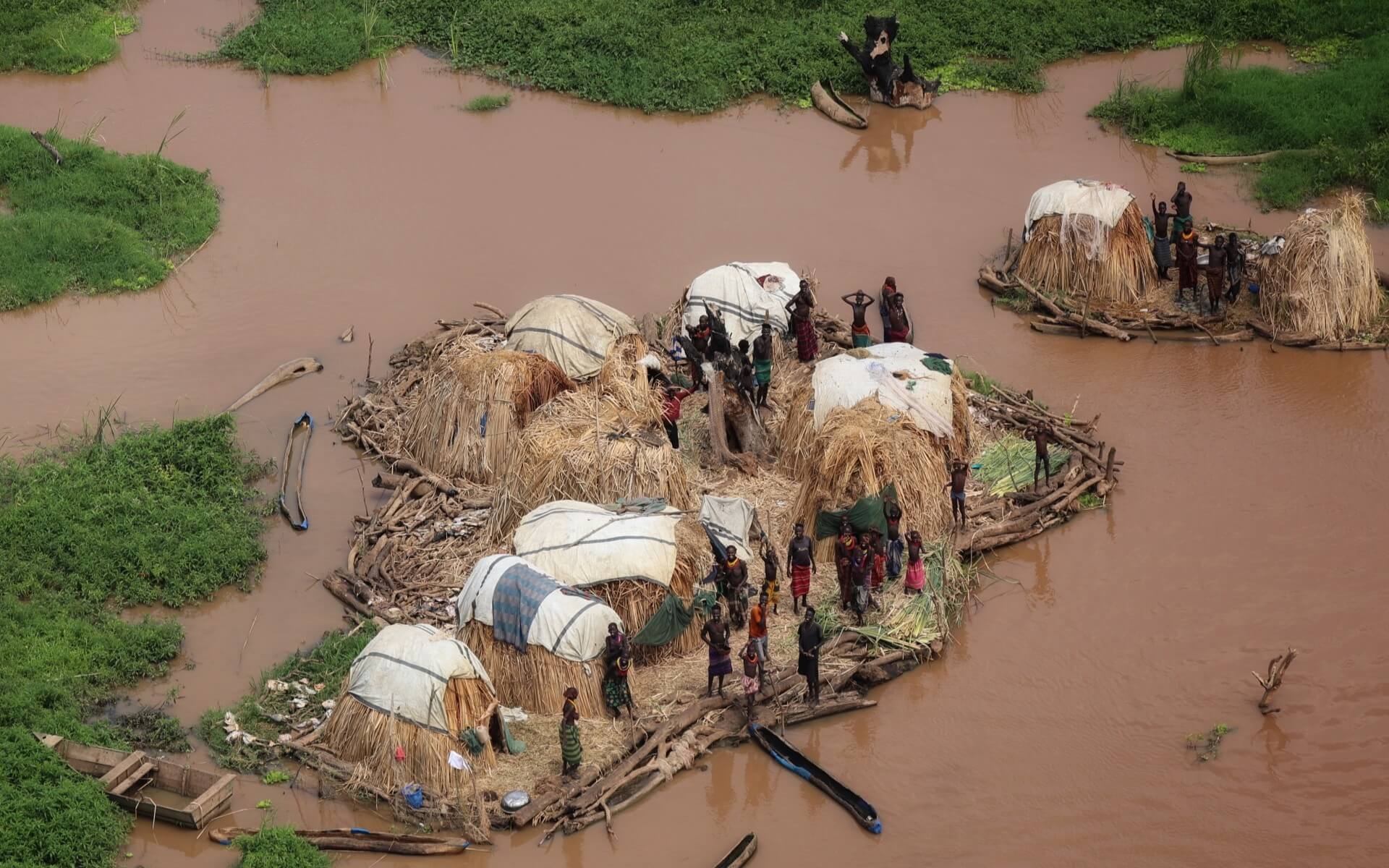
3. A fascinating history
History threads through every corner of Ethiopia, woven into its landscapes and the lives of its people. With the help of our brilliant Ethiopian guide we visited some of the country’s most remarkable heritage sites: a rare glimpse into this, one of Africa’s oldest civilisations.
For me, the journey was particularly poignant. My father was born in Addis Ababa in 1943, during the period when Italy briefly occupied what was then known as Abyssinia. Walking the streets of the capital and exploring the rugged highlands gave me a powerful sense of that historical connection - deeply personal but also globally resonant.
Ethiopia’s story of independence is compelling. It was never formally colonised, and that strong sense of identity and pride runs through its people, traditions and culture. Even the most remote corners feel alive with history.
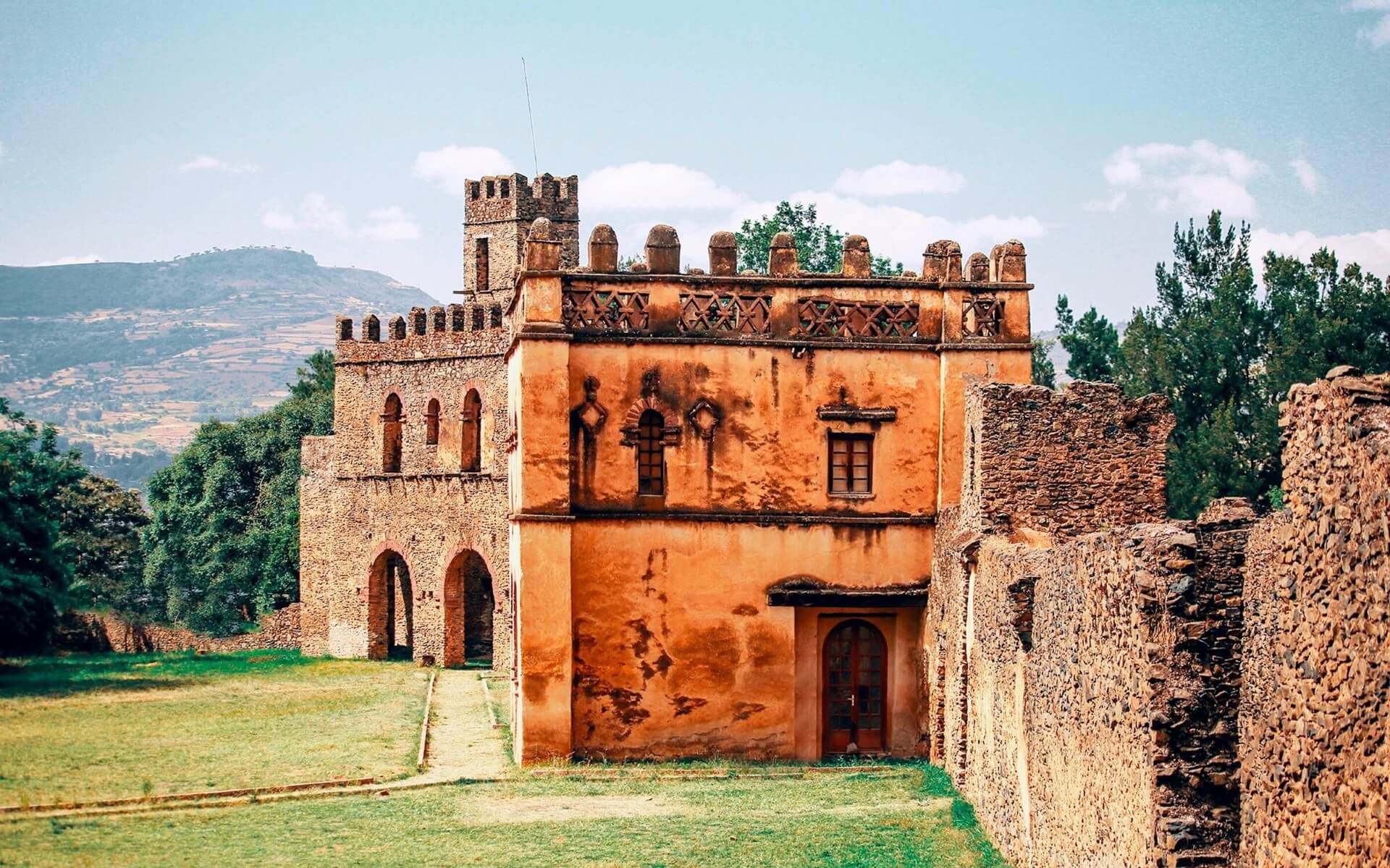
4. Rare and remarkable wildlife
The wildlife in Ethiopia is unlike any other safari destination I’ve visited. We saw Ethiopian wolves, wild dogs, lesser kudu, colobus monkeys, and even lions, which are particularly rare in Ethiopia. Meanwhile we saw herds of topi, eland and zebra coexisting happily alongside pastoral tribes in areas with no formal conservation measures.
One of the most fascinating encounters came in the Bale Mountains, where we had great sightings of the endangered Ethiopian wolf. We arrived just as the red hot pokers were beginning to bloom and - to our surprise - we saw wolves leaping up to feed from the flowers, likely seeking nectar. This is not a behaviour often recorded.
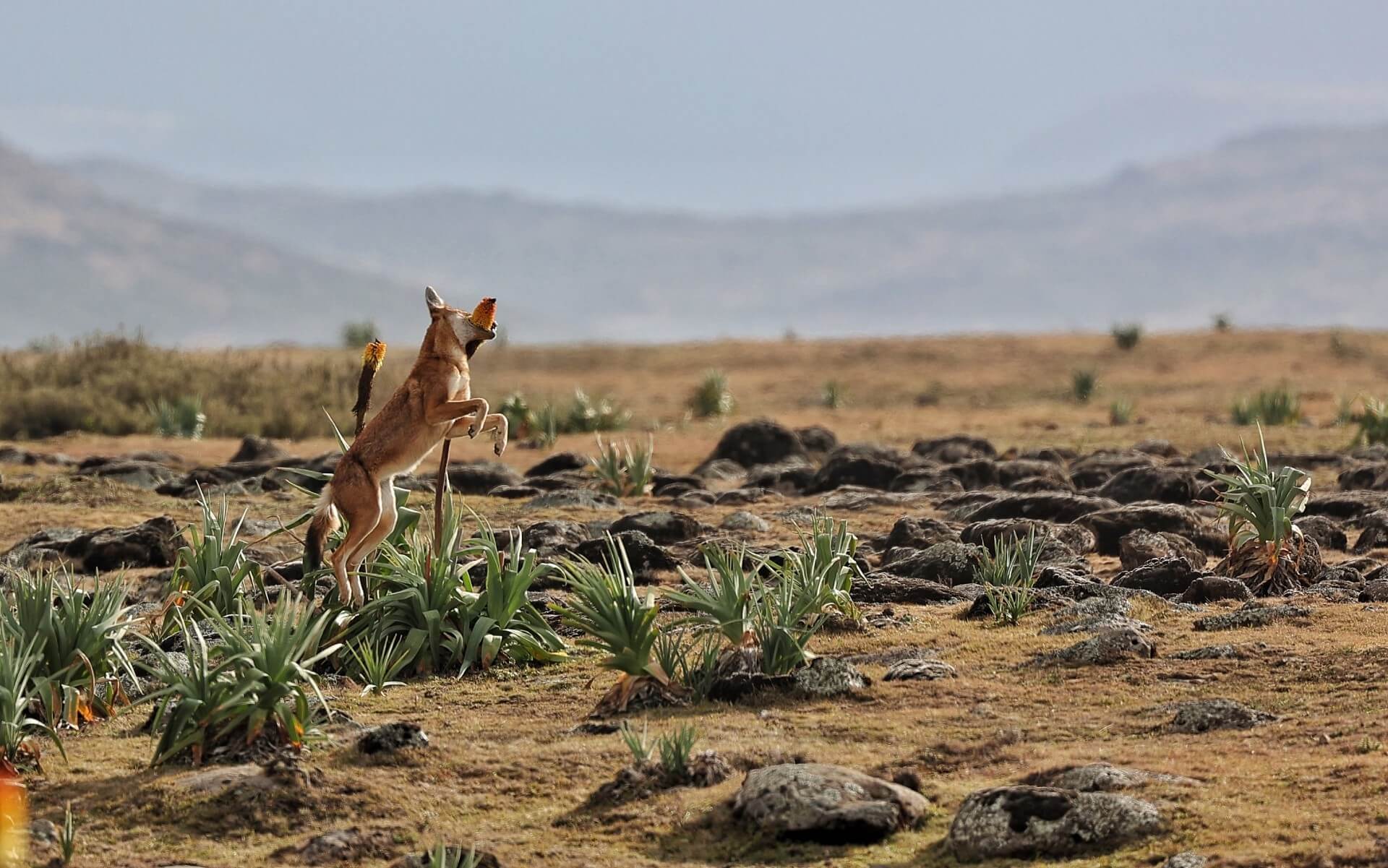
Baboons were doing the same, suggesting that these blooms provide an important seasonal food source for multiple species, and that both wolves and baboons may in fact be helping to pollinate the plants. An unexpected and genuinely astounding interaction between wildlife and flora. For me as a guide, this was incredible.
These wilderness areas remain raw and largely untouched by tourism. There is little infrastructure and - at least for now - no sign that will change. Wildlife encounters in these remote spots are truly special and unique.
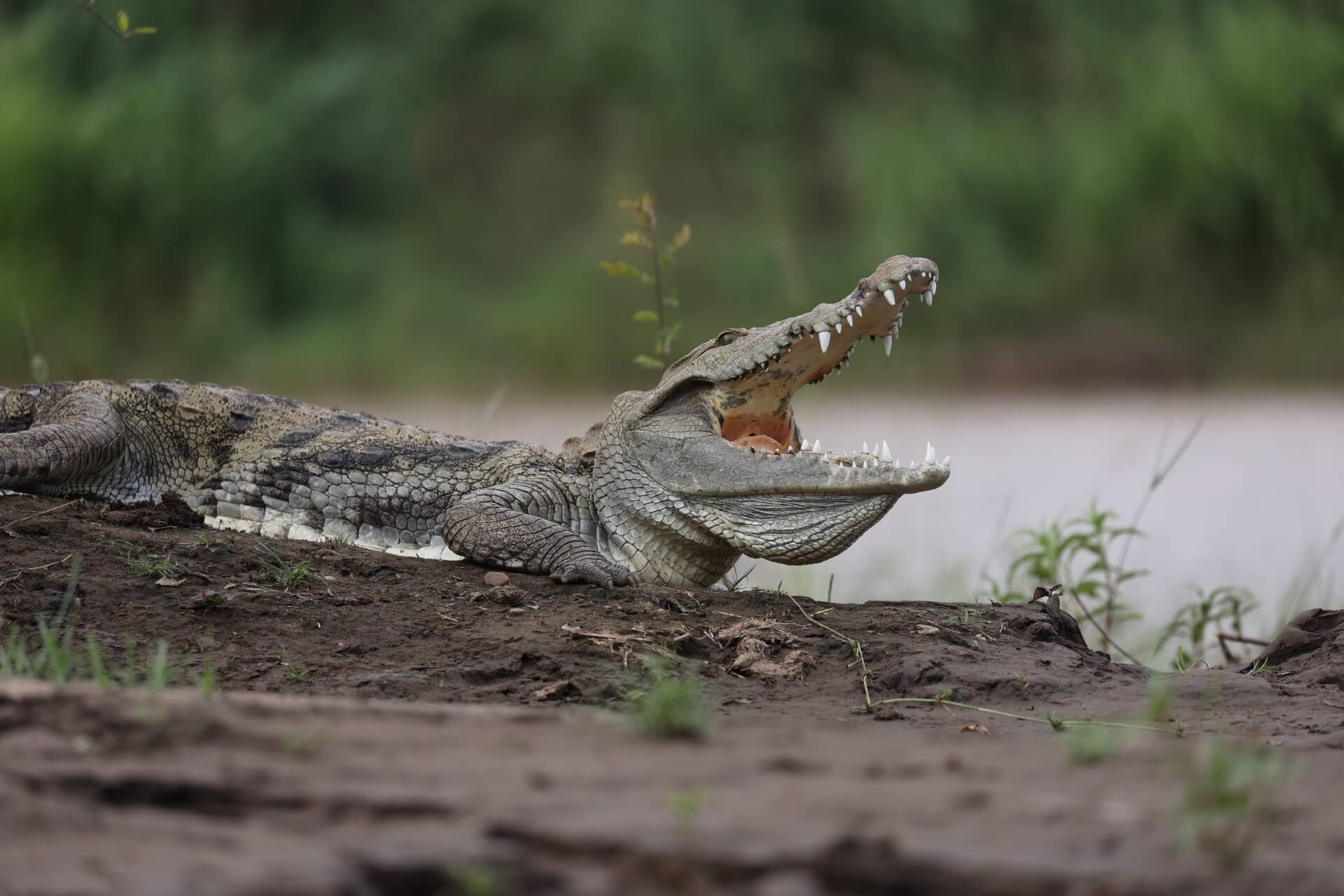
5. Beyond the beaten path
Southern Ethiopia is not for the faint-hearted. It isn’t a traditional safari, nor is it luxury in the conventional sense. Instead, it offers something far rarer: the chance to step into landscapes few have ever seen, to spend time with cultures that hold fast to their traditions, and to witness wildlife existing far from the traditional safari circuit.
On this trip, I was reminded that accessibility itself can be the ultimate luxury. With helicopters, meticulous planning, and a willingness to embrace the unknown, we were able to experience something out of the ordinary. For adventurous travellers, it’s life-changing - a safari that is raw, real and unforgettable.
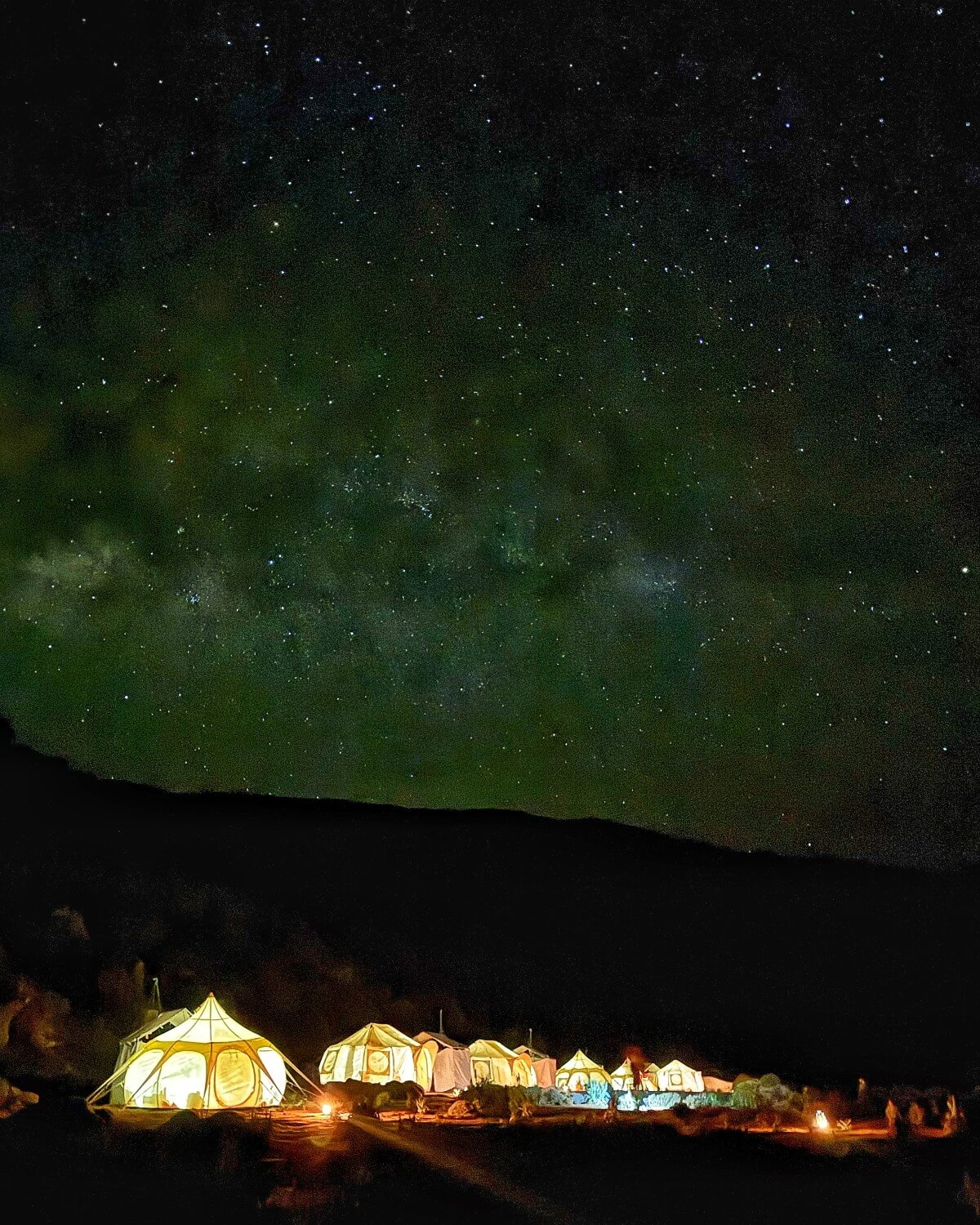
If you’re ready to go beyond the ordinary, we’d love to craft an off-the-beaten-path safari that’s uniquely yours. Get in touch.
Subscribe to our newsletter
Lorem ipsum dolor sit amet, consectetur adipiscing elit. Suspendisse varius enim in eros elementum tristique.


